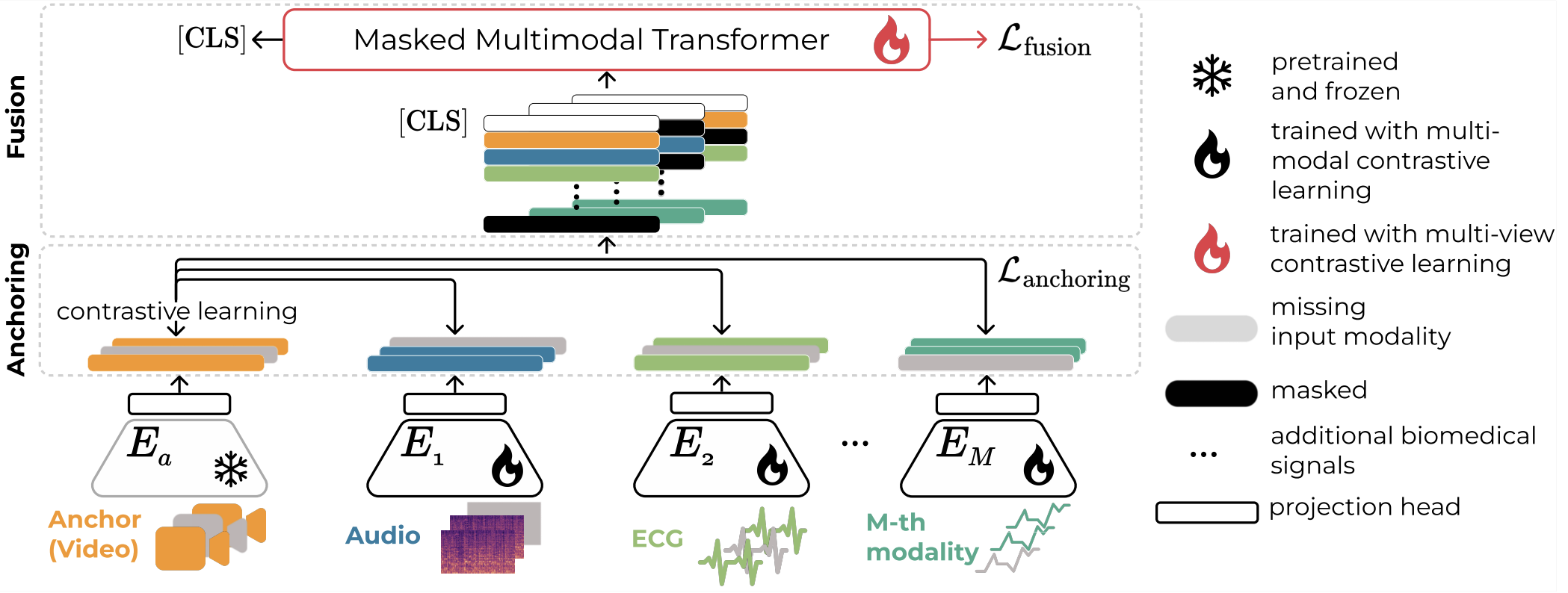I am currently a PhD student at Inria Saclay and École Polytechnique, under the supervision of Steve Oudot (Geomerix team) and Vicky Kalogeiton (Vista team). My research interests lie at the intersection of topological data analysis, self-supervised learning, and computer vision.
Email: julie.mordacq[at]inria[dot]fr
github.com/jumdc
@juliemdc.bsky.social
